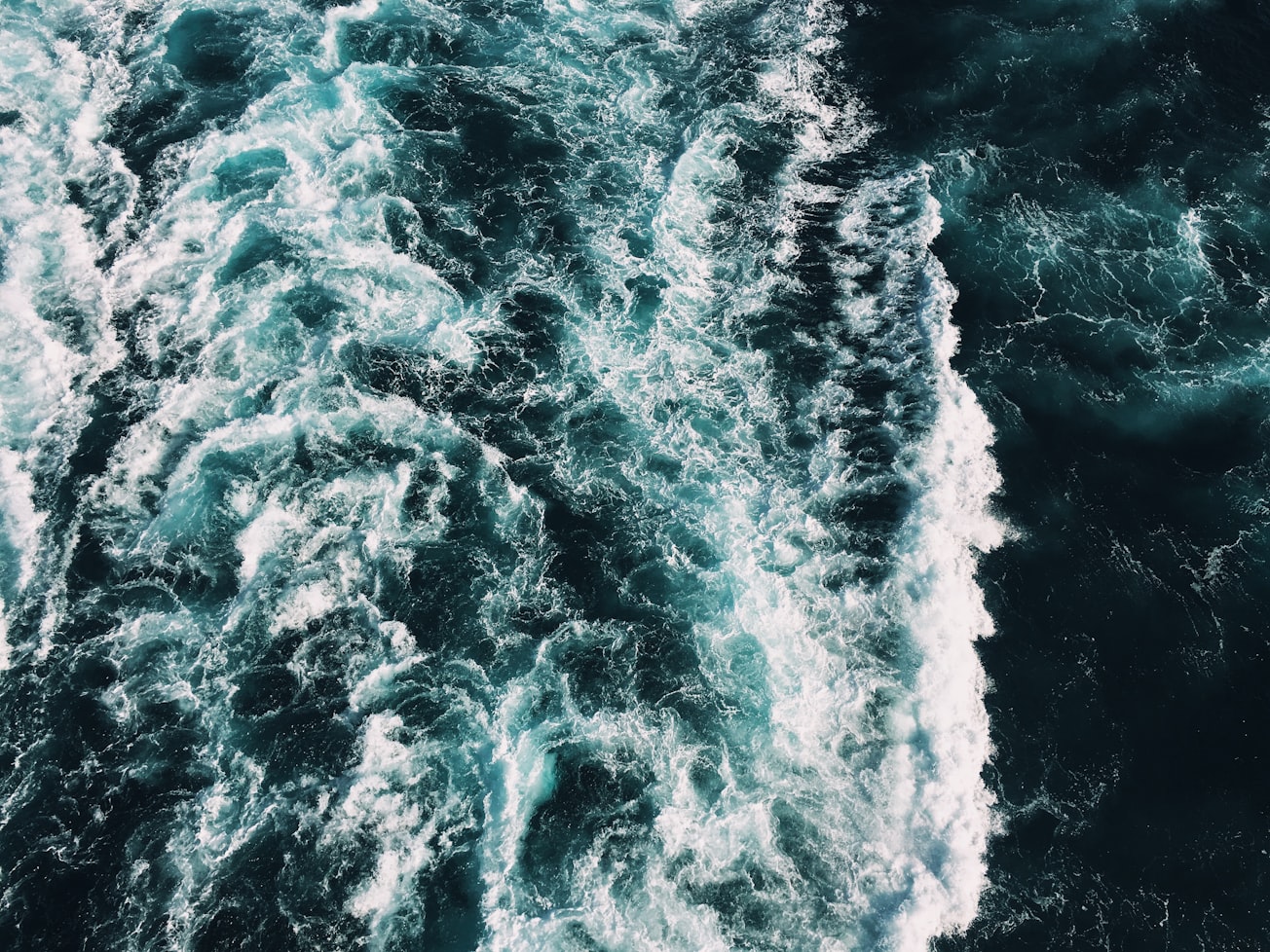What is it about?
The development of the governing equations for fluid flow in a surface following coordinate system is essential to investigate the fluid flow near an interface deformed by propagating waves. In this paper, the governing equations of fluid flow, including conservation of mass, momentum, and energy balance, are derived in an orthogonal curvilinear coordinate system relevant to surface water waves. All equations are further decomposed to extract mean, wave-induced, and turbulent components. The complete transformed equations include explicit extra geometric terms. For example, turbulent stress and production terms include the effects of coordinate curvature on the structure of fluid flow. Furthermore, the governing equations of motion were further simplified by considering the flow over periodic quasi-linear surface waves wherein the wavelength of the disturbance is large compared to the wave amplitude. The quasi-linear analysis is employed to express the boundary layer equations in the orthogonal wave-following curvilinear coordinates with the corresponding decomposed equations for the mean, wave, and turbulent fields. Finally, the vorticity equations are also derived in the orthogonal curvilinear coordinates in order to express the corresponding velocity-vorticity formulations. The equations developed in this paper proved to be useful in the analysis and interpretation of experimental data of fluid flow over wind-generated surface waves. Experimental results are presented in a companion paper.
Featured Image

Photo by Caleb George on Unsplash
Why is it important?
In the current study, therefore, we present the fully-transformed governing equations of fluid flow including continuity, momentum, and kinetic energy equations in the wave-following orthogonal curvilinear coordinate system along with the triple-decomposed form of those equations. The orthogonal general coordinate system is physically intuitive and appropriate for the study of the turbulent flow over surface waves since it can provide an alternative framework in which the surface-parallel continuity, momentum, and energy budget equations can be thoroughly investigated which leads to a better physical interpretation of many quantities in the governing equations. The complete transformation of the governing equations also directly allows us to account for the streamline curvature.
Perspectives
The equations developed in this paper proved to be useful in the analysis and interpretation of experimental data of fluid flow over wind-generated surface waves. We specifically find that the physical interpretation of the observations and the different terms in governing equations is strongly dependent on the frame of reference. The curvilinear system employed here is useful for examining flow properties directly at the interface such as, for example, the distribution of the viscous stress along the wavy surface. Moreover, The curvilinear coordinate system becomes invaluable when performing along surface averages (as opposed to horizontal averages). In addition, because it is orthogonal, assessing the surface-parallel and surface-normal quantities in such a frame of reference become intuitive, and complexities associated with turbulent flows over surface wind waves are easily alleviated.
Kianoosh Yousefi
University of Delaware
Read the Original
This page is a summary of: Boundary layer formulations in orthogonal curvilinear coordinates for flow over wind-generated surface waves, Journal of Fluid Mechanics, February 2020, Cambridge University Press,
DOI: 10.1017/jfm.2020.32.
You can read the full text:
Resources
Contributors
The following have contributed to this page







